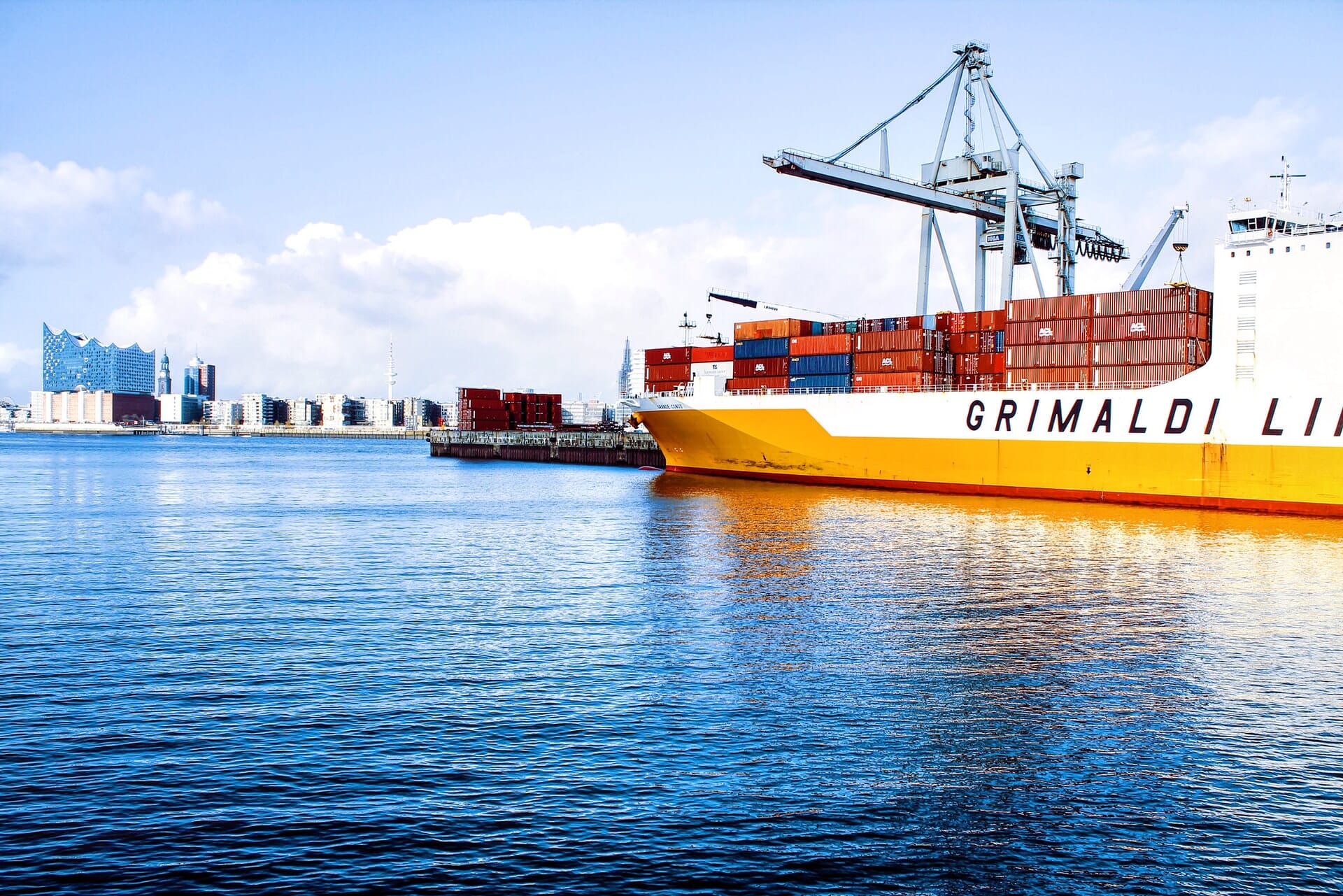 Axel Ahoi
Axel AhoiLogistics Real Estate Market - Snapshots of Q1/2022 and charting the future
GRI Global Light Industrial & Logistics Committee
Summary
As the global logistics market investment hit a record level of US$1.3 trillion in 2021 – up by 55% from 2020 and 21% from 2019 (¹) –, the world continues to be faced with rising construction and transportation costs, the threat of multiple interest rate rises, and probable supply chain congestion. But there's a consensus that the demand for logistics in a global scenario is not transitory, and hopefully, inflation could well be.
During the special kickoff session of the GRI Global Light Industrial & Logistics Committee (June 29, 2022), members of the GRI Club discussed Q1/2022 and what to expect for the rest of the year.
Moderator:
Ben Segelman, Global Capital Markets Lead, Real Estate Solutions, DHL
Key contributors:
Artur Mokrzycki, Head of Capital Markets Europe, Panattoni HQ - Poland
Gian Di Carlo, Head of Industrial, TC Latin America Partners
Matthew Edmonds, Director, Fund Management, Prologis
Ricardo Antoneli, SVP & Chief Development Officer, GLP
Main presentation:
“Logistics market update”, by Kevin Mofid, Head of Industrial Research, Savills - UK

Key messages and trends from Kevin Mofid’s presentation “Logistics market update”
-
Inflation, war in Ukraine, interest rates, energy, and Covid are the main headwinds. Stakeholders face a very volatile environment and the impacts of these headwinds are still unclear. Costs are rising across the board but are expected to stabilize by 2024.
-
Meanwhile, the combination of rising requirements and low supply will keep the market in equilibrium. Occupiers are most concerned with low levels of supply, and Euro logistics vacancy rates remain at record lows.
-
From Savills’ lens, the I&L global market is still on the bullish side, proving supply chain resilience. But stakeholders need to look at the I&L market considering a cross-sector environment as part of solution to rising cost of debts.
-
Kevin also stated that, despite some noise around the supply chain resilience in a post-Covid world, companies need to invest in their supply chains now. As vacancy is at an all-time low, and land prices have hit record levels in the sector, more volatility in the consumer confidence data is to come.
Main points from discussion and Q&A
-
The Q1 and Q2 of 2022 were affected by uncertainty arising from aggressive increases in interest rates, which has shaken the investment market. But as the headwinds look scary and challenging, the tailwinds have been very strong for the last 2 years. Demand in the logistics industry is constantly rising because of all the trends that accelerated through Covid.
-
Despite shocking headlines, a numerical and historical perspective might be needed to put things in perspective to better look at the tailwinds. For some Committee Members, inflation and interest rates will be temporary. Notably, the ultimate cost of goods has been impacted in all developed countries around the world due to all the supply chain issues over the past 2 years and the current crisis in Ukraine.
-
Latin America's investments in logistics have grown exponentially. At the end of 2022, the May existing logistics fund in LATAM was registered, and it still upsizing.
-
On the Mexican side, stakeholders are seeing strong nearshoring and investment demand that shows no sign of stopping now. At the same time, Brazil is in a year of extreme volatility due to the presidential elections. On top of that, very high-interest rates and inflation are two headwinds that harm consumption in Brazil.
-
On the investment side, making decisions has been arduous. Most of the investors that are targeting Brazil are looking at the long-term horizon.
-
In an inflationary environment, where all costs are rising, the location of one’s real estate becomes even more crucial. The potential saving in rent and labor of a warehouse in a cheaper part of the country can be more costly than in major urban areas due to the increase in transport costs.
-
In the US, apparently, investors are looking at a confluence between population density and logistics infrastructure. Accordingly, focusing on tenant quality will ensure businesses have the economic wherewithal to make it through a rough patch.
Watch Now
A complimentary excerpt of the full 1h Global Committee session exclusive to GRI Club Members. If you’re a member watch the complete session on Media Center.
What do investors and logistics experts expect for the rest of the year?
About the GRI Global Committee
The GRI Global Committees function as think tanks that bring impactful international conversations, and top-notch content. They gather the most influential global players of the real estate industry in a full-year journey of online sessions in order to identify new trends, capitalise on growth opportunities, and aid deal flow discovery worldwide.
Learn more about GRI Club: griclub.org
– Written by Lucas Brancucci | GRI Global Committee Production Team
(¹) CBRE Research, Real Capital Analytics, Q4 2021.







